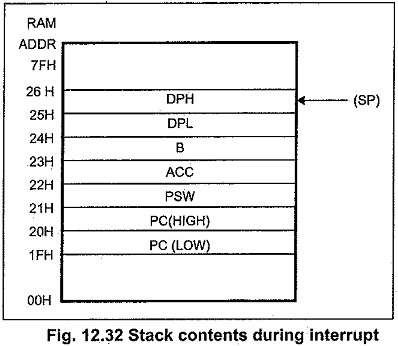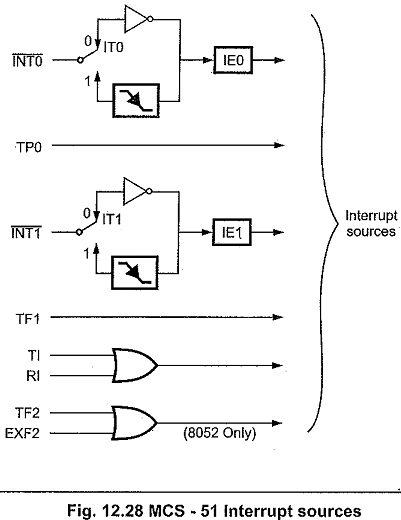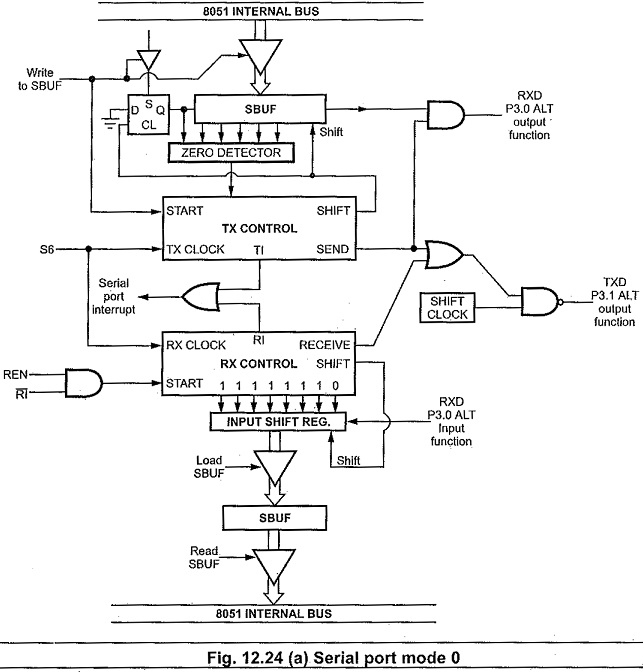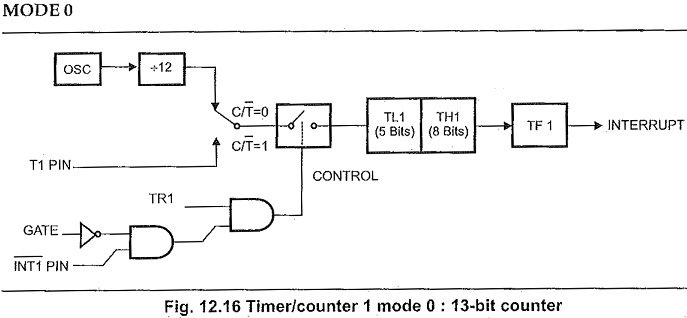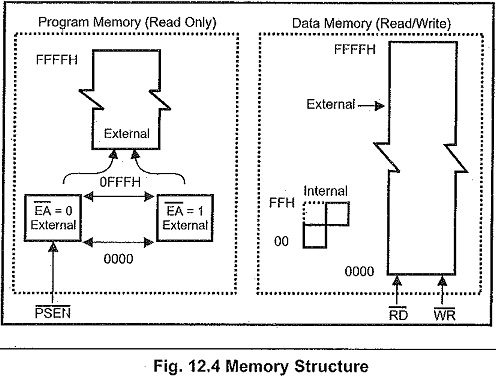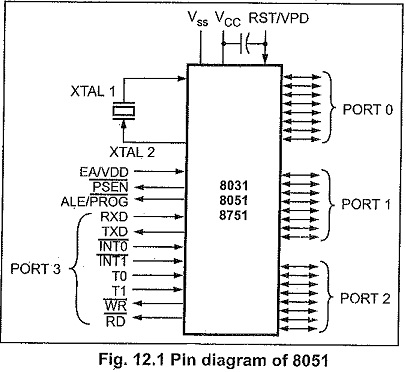8051 Addressing Modes
8051 Addressing Modes: The 8051 Addressing Modes architecture supports several distinct physical address spaces. On - chip program memory On - chip data memory External program memory External data memory On-chip special function registers The…
